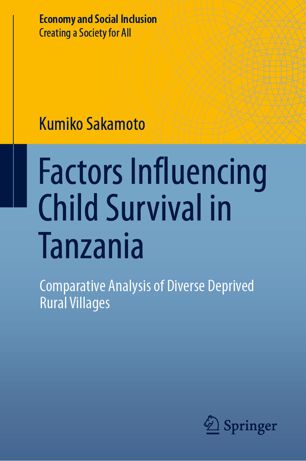

Most ebook files are in PDF format, so you can easily read them using various software such as Foxit Reader or directly on the Google Chrome browser.
Some ebook files are released by publishers in other formats such as .awz, .mobi, .epub, .fb2, etc. You may need to install specific software to read these formats on mobile/PC, such as Calibre.
Please read the tutorial at this link: https://ebookbell.com/faq
We offer FREE conversion to the popular formats you request; however, this may take some time. Therefore, right after payment, please email us, and we will try to provide the service as quickly as possible.
For some exceptional file formats or broken links (if any), please refrain from opening any disputes. Instead, email us first, and we will try to assist within a maximum of 6 hours.
EbookBell Team

4.4
92 reviewsThis book addresses the essential topic of child survival in Tanzania, especially focusing on the role of mutual assistance, which has received little attention to date. Further, it identifies a range of key factors for child survival by combining a literature review, regional data analysis, and case studies. These studies center on rural villages in high Under-5 mortality rate (U5MR) regions and assess their strengths and weaknesses regarding child survival. By focusing on deprived rural areas as of 2002 and evaluating the improvements in the 2012 census data, the book also highlights the potential held by rural semi -subsistence economies.
An analysis of the focus villages indicates that children in food-sharing circles had better chances of survival. However, food sharing is not necessarily inclusive; a significant number of children have fallen out of such circles, especially in mainland villages. Furthermore, monetary support for children’s medicine has often failed to arrive in time. Lastly, the book argues that, in addition to direct factors such as access to health services, water and sanitation, food intake, and education, it is essential that children receive inclusive support at various levels: family, community, village, national, and international.